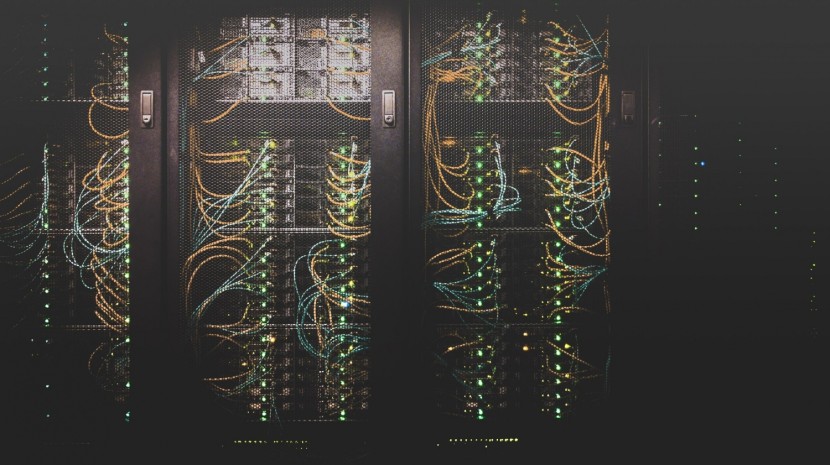
The process of housing critical applications and data in a data center has undergone tremendous development recently. Whereas on-premise physical servers mainly characterize the traditional data center infrastructure management (DCIM), next-gen DCIM runs on virtual networks. The two have their strengths and weaknesses. Read on to understand how to select the better option.
Traditional DCIM vs. Next-generation DCIM
Businesses are supposed to be fast and employ strategies for providing customized services to their clients. As such, it has become paramount for organizations running critical infrastructure to take advantage of DCIM. The traditional DCIM offers several functions and capabilities, such as providing important data about security, temperature, and airflow.
The main problem an organization using a traditional DCIM data center may face is that if something is amiss with any one of these indicators, there may be some downtime. And if it does occur, the organization may incur financial losses and impair customer services in the long run.
Tradition DCIM uses on-premise physical servers. Monitoring, planning, and modeling solutions can be accomplished fast. Any downtime or risk is easy to manage as administrators can monitor changes and capacity and communicate on time to enable administrators to solve problems.
Although the response is accelerated under the traditional DCIM, downtime may occur after the alert is issued. Nevertheless, the fast response reduces losses that would have happened if it took too long to solve it.
Next-generation DCIM and traditional DCIM perform similar functions. However, instead of relying on physical servers, next-gen DCIM is hosted in the cloud. Consequently, there's an improvement in terms of density, efficiency, and management. The next-gen DCIM solves common problems by traditional DCIM, such as downtime.
Since a next-generation DCIM data center is hosted in the cloud, it delivers functionality that isn't available on traditional DCIM. While the traditional DCIM makes it hard for starters to deploy, next-generation DCIM enables clients to be up and running in almost just a single day.
Next-generation DCIM provides high-level automated security. If software, hardware, or security fails, you can't lose any data as it features disaster recovery.
When it comes to infrastructural management, next-gen DCIM relies on artificial intelligence (AI) and Machine Learning (ML). A real-time performance comparison is, therefore, possible. Problems are detected on time, thereby enabling preventive maintenance.
Under next-gen DCIM, maintenance is only done when it's needed and not on a scheduled basis. This reduces maintenance and downtime costs. There's also improved customer experience, which is good for any online business.
Since next-gen DCIM is growing, it'll only get better by adding more functionality. The use of machine learning capabilities is expected to improve data collection and analysis, boosting performance.
How to Consult With Licensed Professionals to Get Recommendations for DCIM?
Given that DCIM is an important component of modern data center performance, it's essential to know how to select and manage DCIM software. Licensed IT experts are better placed at handling this task.
A licensed professional will assist you in the selection and implementation of your DCIM software. They'll take you through the various vendor offerings and work within your budget.
Suppose you don't know how to use DCIM to improve your business. In that case, licensed professionals will help you determine your organizational objectives. They'll evaluate your assets to establish the gap between your capabilities and business objectives.
Licensed professionals will shortlist the best vendors for your business based on DCIM providers, features, and benefits. They can test your DCIM tool's effectiveness and check if the DCIM deployment meets your needs and if there's a need for additional improvement.
Final Thought
The data center infrastructure management sector is experiencing rapid development. Your DCIM choice should depend on your needs and goals. The perfect DCIM should enable you to optimize data center operations, improve uptime, and reduce labor costs.
© 2025 HNGN, All rights reserved. Do not reproduce without permission.








